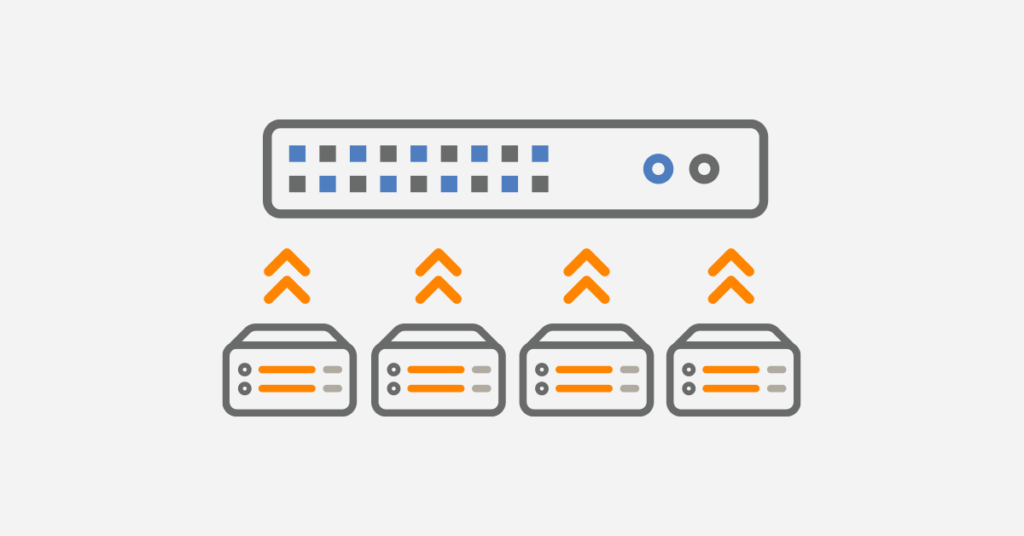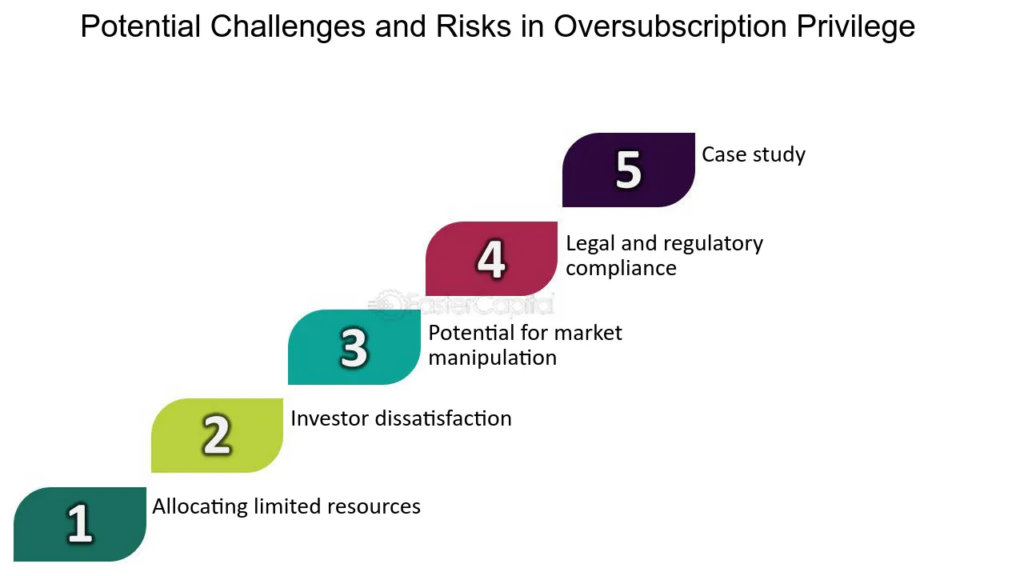Oversubscription refers to the practice of service providers allocating less bandwidth or resources than the advertised maximum capability.
This allows providers to cost-effectively serve more customers than they have full capacity for. By statistically sharing resources based on typical usage patterns, oversubscription allows for efficient infrastructure utilization.
It is commonly used with broadband networks, cloud computing, web hosting, and other services.
The key premise of oversubscription is that users rarely max out their allotted capacity simultaneously. By allocating each customer less than the maximum, resources can be shared efficiently.
However, oversubscription ratios must be carefully managed – too high can lead to congestion and poor performance during peak usage. Understanding where oversubscription is used and its implications is important for both providers and customers.

Oversubscription in Broadband Networks
Broadband internet providers routinely oversubscribe network capacity across their customer base.
Typical oversubscription ratios are 20:1 to 50:1 – meaning available bandwidth is 1/20th to 1/50th of maximum advertised speeds. This allows providers to cost-effectively deliver high-speed packages to consumers by sharing capacity statistically.
Last-mile connections are allocated a fraction of the bandwidth capacity further upstream. DSL networks aggregate traffic at DSLAMs onto high-speed fiber uplinks.
Cable networks share downstream and upstream channels among groups of customers. During peak periods, individual connections get squeezed.
Oversubscription enables affordable high-speed broadband. However, providers must carefully manage traffic loads to limit congestion, especially as usage increases with streaming video.
Higher tiers of service often have lower oversubscription ratios and better performance.

Oversubscription in Cloud Computing
Public cloud platforms use extensive oversubscription of compute, storage, and memory resources to maximize the number of customers per physical server.
Cloud providers rely on the variability in usage across customers to allow significant oversubscription rates of around 3:1 to 6:1 on average.
Virtual machine instances share underlying host hardware. Cloud storage leverages shared disks and common capacity pools.
Hypervisors and containers enable safely running multiple workloads per server. Cloud providers monitor demand and may shift instances between hosts to avoid resource contention.
Oversubscription is key to the scalability and efficiency of cloud computing. However, performance impacts can occur when too many neighboring customers spike usage simultaneously.
Cloud providers offer instance types with dedicated capacity guarantees for applications sensitive to oversubscription effects.

Oversubscription in Web Hosting
Shared web hosting providers commonly oversubscribe servers by placing hundreds or even thousands of customer websites onto a single physical machine.
This allows cost-effective hosting by amortizing resources across many users with low individual usage.
Typical shared servers are oversubscribed 20:1 or more for memory and compute capacity. Bandwidth is oversubscribed around 50:1 based on max usage limits per site. Storage capacity tends to be less oversubscribed due to disk space requirements.
Overloaded servers lead to sluggish and unresponsive websites for users. High-quality hosting providers maintain reasonable oversubscription levels and monitor usage to avoid congestion.
Dedicated and VPS offerings provide guaranteed resources by avoiding oversubscription.

Oversubscription Challenges
While enabling efficient utilization, oversubscription does pose some key challenges:
- Performance variability and congestion during peak usage times
- Difficulty providing guaranteed service levels to customers
- Complex capacity planning to avoid overloading resources
- Increased likelihood of outages if capacity is exceeded
- Frustration for customers whose usage is periodically limited
Providers must balance economics with maintaining quality of service. Transparency around oversubscription practices and congestion management policies helps set customer expectations.

Optimizing Oversubscription Levels
There are some best practices for optimizing oversubscription ratios:
- Analyze usage patterns and peak demand to right-size ratios
- Set aggressive targets but with overhead for inevitable spikes
- Monitor and trend utilization and congestion to fine-tune
- Use tiered services with lower oversubscription for premium customers
- Implement overflow capacity and load balancing techniques
- Upgrade capacity incrementally to match demand growth
- Utilize usage throttling and traffic shaping techniques during congestion
- Set customer expectations properly by being transparent about policies
The ideal oversubscription ratio is the highest level that can be sustained without routine congestion or performance impacts.
Striking this balance enables efficiently sharing limited resources.
Frequently Asked Questions (FAQ)
Ques 1. What causes congestion with oversubscription?
Ans. Congestion occurs when aggregate customer demand exceeds total available capacity from oversubscription.
If too many users max out usage simultaneously, resources get squeezed.
Ques 2. Is oversubscription unethical or misleading?
Ans. Oversubscription alone is not unethical if capacities and policies are communicated transparently.
But advertising “up to” speeds that will rarely be achieved due to extreme oversubscription can be misleading.
Ques 3. How does oversubscription impact cloud computing costs?
Ans. By maximizing resource-sharing efficiency, oversubscription substantially reduces public cloud computing, storage, and network costs for end users. However, variability in available capacity should be factored in.
Ques 4. Are dedicated or unmetered services also oversubscribed?
Ans. Typically no, dedicated server hosting, enterprise broadband, and private cloud instances are provisioned without oversubscription to provide guaranteed resource availability. But there can still be some statistical sharing.
Ques 5. What tools do providers use to manage oversubscription?
Ans. Usage monitoring, traffic shaping, resource scheduling and orchestration, load balancing, autoscaling, and ultimately capacity upgrades help providers optimize oversubscription while maintaining performance.






